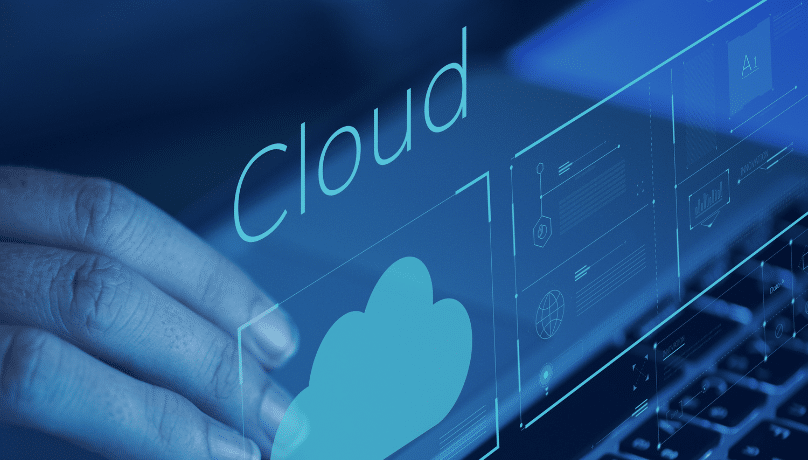








Cloud computing vs on-premise IT infrastructure are two different ways for a business to manage its technology tools. Cloud computing is a cost-effective, flexible, and scalable choice, but on-premise IT infrastructure gives you more control and customization options. This blog post will explain what each method means, what its benefits are, and what you should think about when choosing one for your business.
Cloud computing is a way to use computers that lets you access servers, storage, databases, networking, and software whenever you need to. The tools are not kept on-site. Instead, cloud service providers such as Amazon Web Services (AWS), Microsoft Azure, Google Cloud Platform, and Microsoft Azure offer them as services.
See more of the benefits: The Benefits of Cloud Computing for Businesses
When all of a company’s hardware and software are physically located and controlled in the company’s own data center or on-site servers, this is called “on-premise IT infrastructure.” The group is in charge of getting these tools, keeping them in good shape, and improving them.

In the end, your business’s goals, budget, and industry standards will determine whether cloud computing or on-premise IT infrastructure is best for it. Cloud computing is flexible, scalable, and cost-effective, which makes it a good choice for companies that want to grow quickly and with ease. On the other hand, on-premise infrastructure gives you more power and flexibility, which may be better for businesses that need to meet strict security or regulatory standards, therefore finding a suitable partner for Cloud Services & Solutions is essential for your business.
Many businesses are also adopting a hybrid approach, combining the advantages of both models. Regardless of your choice, it’s essential to carefully evaluate your organization’s priorities, resources, and long-term goals to make an informed decision that aligns with your business objectives.
Stay ahead in a rapidly changing world with our monthly look at the critical challenges confronting businesses on a global scale, sent straight to your inbox.